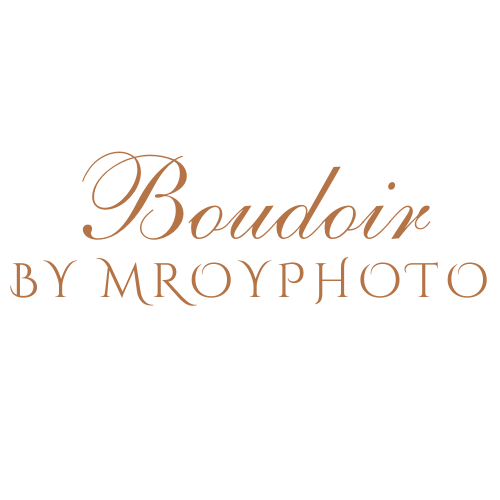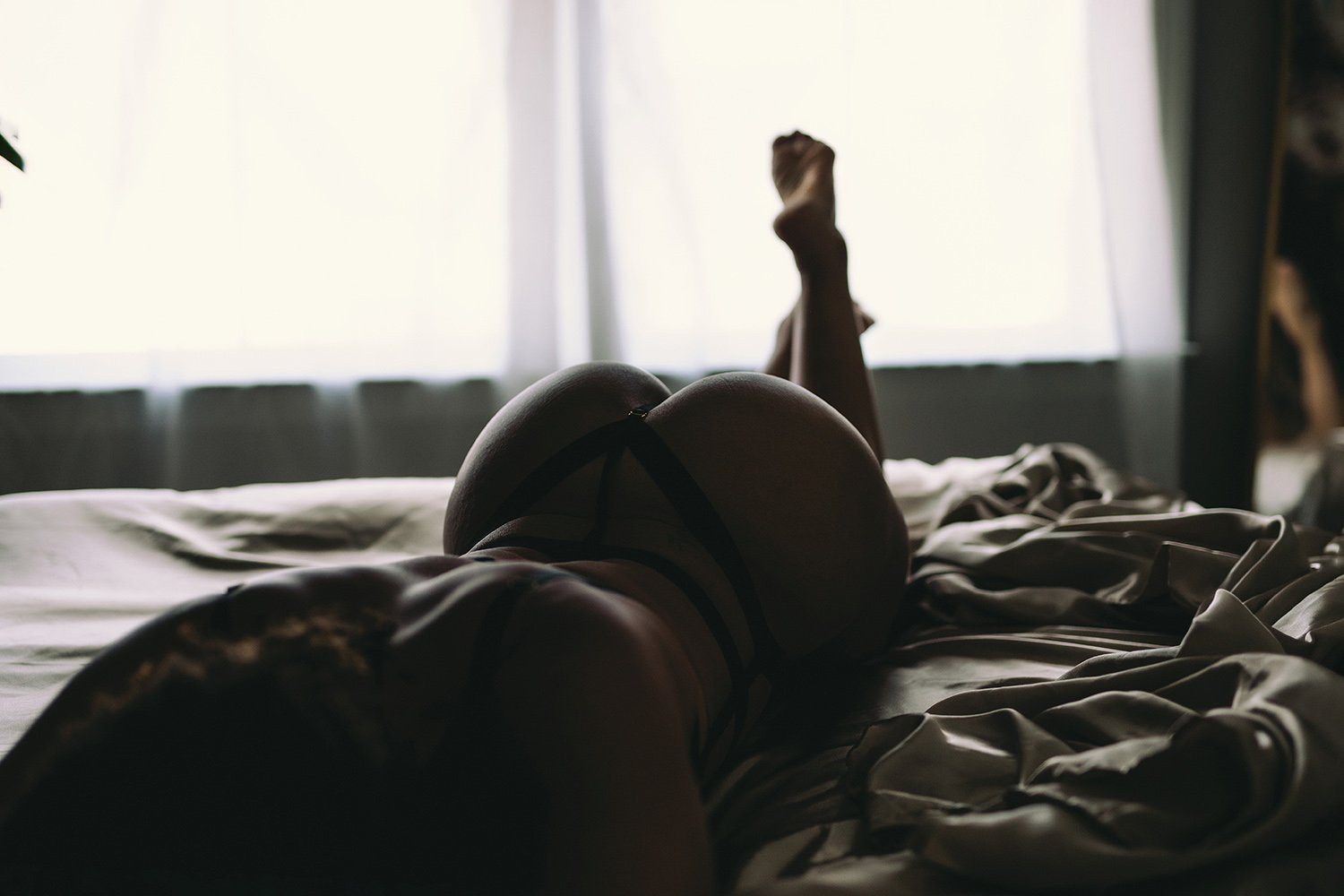The Role of Shadow in Boudoir Photography
Understanding the artful use of shadows is paramount in crafting exquisite boudoir photography. Shadows sculpt the body, creating depth and intrigue, and contribute significantly to the mood and narrative of the image. By manipulating shadows, photographers can unveil or veil elements of their subject, evoking emotion and allure. Recognizing the subtle power of shadows is essential for producing boudoir images that captivate and mesmerize.
The Influence of Shadow in Boudoir Photography
Shadow is transformative in boudoir photography, profoundly influencing mood, texture, and form. Here's what shapes the art of boudoir photography:
Soft shadows carve gentle contours, crafting an intimate and tender ambiance.
Deep shadows introduce drama and mystery, adding intensity to the narrative.
Shadows can accentuate curves and angles, and celebrating the subject's strategic shadow play can create a sense of privacy and voyeurism, enhancing the photograph's intimacy. Mastering the interplay between light and shadow is key to forging seen and felt images.
Your session awaits. Luxury Just for You
The Art of Shadow Manipulation in Boudoir Photography
In the realm of boudoir photography, the manipulation of shadow is an art form that requires careful consideration and creativity. Various setups can be employed to sculpt shadows in a way that enriches the image:
Natural Shadow: Leveraging shadows cast by natural light sources can yield a soft, organic look.
Directed Shadow: Utilizing artificial lighting to cast intentional shadows can dramatize the scene.
Contrasted Shadow: Mixing light intensities to create stark contrasts enhances depth and emotion. Each shadow technique allows photographers to play with the elements of mystery and elegance, crafting scenes that invite viewers to explore the image further.
Choosing Between Natural and Artificial Shadows
The choice between natural and artificial shadows significantly impacts the tone and feel of boudoir photography. Natural shadows can lend a gentle and authentic atmosphere with their soft and variable quality. In contrast, artificial shadows offer precision and control, enabling the photographer to craft specific moods and effects. The decision between natural and artificial shadows hinges on the session's desired narrative and emotional undertone.
Creating Mood with Shadows can effectively and dramatically alter the mood of boudoir photography. Subtle shadows can evoke a sense of mystery and anticipation. In contrast, more pronounced shadows can tell a story of boldness and drama. Techniques such as using blinds to cast patterned shadows or employing fabrics to diffuse and shape shadows can add texture and intrigue.
Selecting the Right Equipment for Shadow Work
For boudoir photography that heavily uses shadows, choosing the right equipment is crucial. Items like gobos (to cast patterned shadows), flags (to block or shape light), and variable-output lighting (to adjust the intensity of shadows) are indispensable. The photographer's image should guide the equipment selection, considering the desired space, mood, and narrative.
Strategic Shadow Placement for Compelling Imagery
The thoughtful placement of shadows is vital for achieving compelling boudoir shots. Shadows across the body can highlight form and texture, while shadows on the face can add depth and emotion. The direction and quality of shadows influence the photographs and how the subjects are perceived, lending the images a sculptural quality.
Leveraging Shadows and Highlights for Impact
A profound understanding of balancing shadows and highlights can elevate boudoir photography into an art form. This balance creates a dynamic range that adds volume and intensity to the images. Through careful composition and lighting, photographers can harness shadows to weave stories of longing, mystery, and seduction.
Guidelines for Crafting Soft and Intimate Shadows
To create an environment of softness and intimacy with shadows, photographers can utilize diffused lighting sources, employ techniques to soften direct light, and explore the timing of natural light to achieve varied shadow effects. Soft, enveloping shadows can turn a simple composition into a tender, emotive scene.
Refining Shadows in Post-Processing
The refinement of shadows doesn't end with the camera; post-processing plays a pivotal role in achieving the perfect balance between light and dark. Adjustments made during editing can enhance the boudoir images' depth, contrast, and mood, allowing photographers to fine-tune the narrative the shadows convey. Embracing the power of post-processing to manipulate shadows is the final step in crafting boudoir photographs that truly resonate.
A free consultation to help you Empower Your Essence


